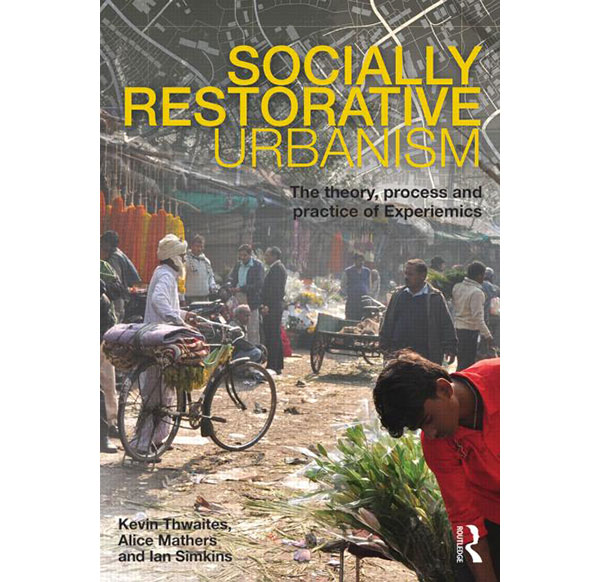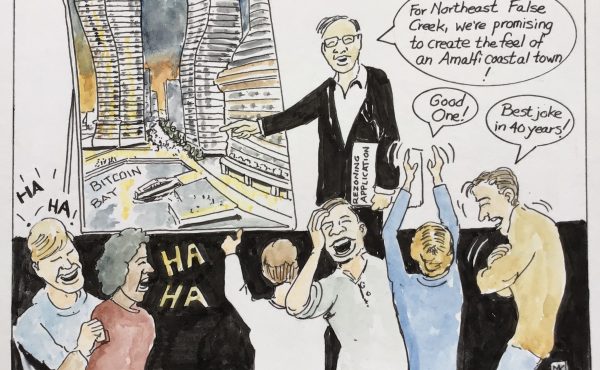
Authors: Kevin Thwaites, Alice Mathers, Ian Simkins (Routledge, 2014)
Over the past several decades, a number of frameworks have attempted to reshape the way we conceive of and design cities and neighbourhoods. From the New Urbanism movement that started in the 1980s to the rise of Landscape Urbanism in the late 90s and, more recently, Ecological Urbanism, each of these frameworks has sprung from a desire to design environments more conducive to human well-being. Based, respectively, on the principles of walkability, capitalizing on natural infrastructure, or mimicking the web of interdependent relationships found in nature, each has asserted a new prescriptive formula for design—one that works best for large-scale new development projects and relies almost exclusively on expert knowledge.
This is the context into which Socially Restorative Urbanism comes to us; however, unlike these other ‘urbanisms’, Socially Restorative Urbanism is neither prescriptive nor all-encompassing. Refreshingly, it focuses on one segment of the urban realm and presents both a set of spatial principles and a set of social tools or processes for designing this piece of our urban environment. Although Socially Restorative Urbanism presents a more modest framework than those that have been popularized in recent decades, it lays claim to a much more ambitious goal. Rather than striving to create places that are better suited to social well-being, it aims to actually restore social well-being or the sense of belonging that has been lost in many of our contemporary urban environments.
The book is divided into three sections. The first establishes the importance of the urban edge. Through an overview of prior research on both transitional spaces and restorative environments, it positions ‘edge’ environments as having the greatest capacity for establishing a sense of ‘ours’ in the urban environment (as opposed to mine, yours, or theirs).
The second section focuses on the socio-spatial properties of transitional edges—in other words, the human-environment relationship as it responds to certain design cues. It lays out ten principles of socially rich edge environments and breaks down the varying types of transitional spaces to focus even more closely on those with the greatest capacity for social interaction.
The final section explores a process the author refers to as Experiemics. This process is based on identified barriers to public participation, and it revolves around bridging the divide between professional design knowledge and everyday user experience. A number of tools are presented for communicating across this divide, as well as building community capacity to contribute to the design process among even the most marginalized populations.
I found the examples in the third section of the book a little scattered, but, generally, the images, captions and summaries throughout all 3 sections made the complex information presented much more digestible. Given the importance of this piece of work in placing human experience at the forefront of urban placemaking, I must admit I was disappointed in the format in which it was written.
Socially Restorative Urbanism was clearly written as an academic text—a publication to further a very specific body of knowledge written by academics. In this regard it was certainly effective. That being said, the structure, referencing, and phrasing used throughout was more reminiscent of reading a Master’s or PhD thesis than a book. Through making works like these more accessible in language and structure, the content would have a much greater chance of reaching the wide-ranging audience that the previous generation of urbanism frameworks have managed to intrigue.
***
For more information on the book, visit the Routledge website.
**
Pietra is an urban exploration enthusiast who is passionate about community development and testing the public realm. She is a recent graduate from the Master of Landscape Architecture program at UBC and has a background in business and literature.




